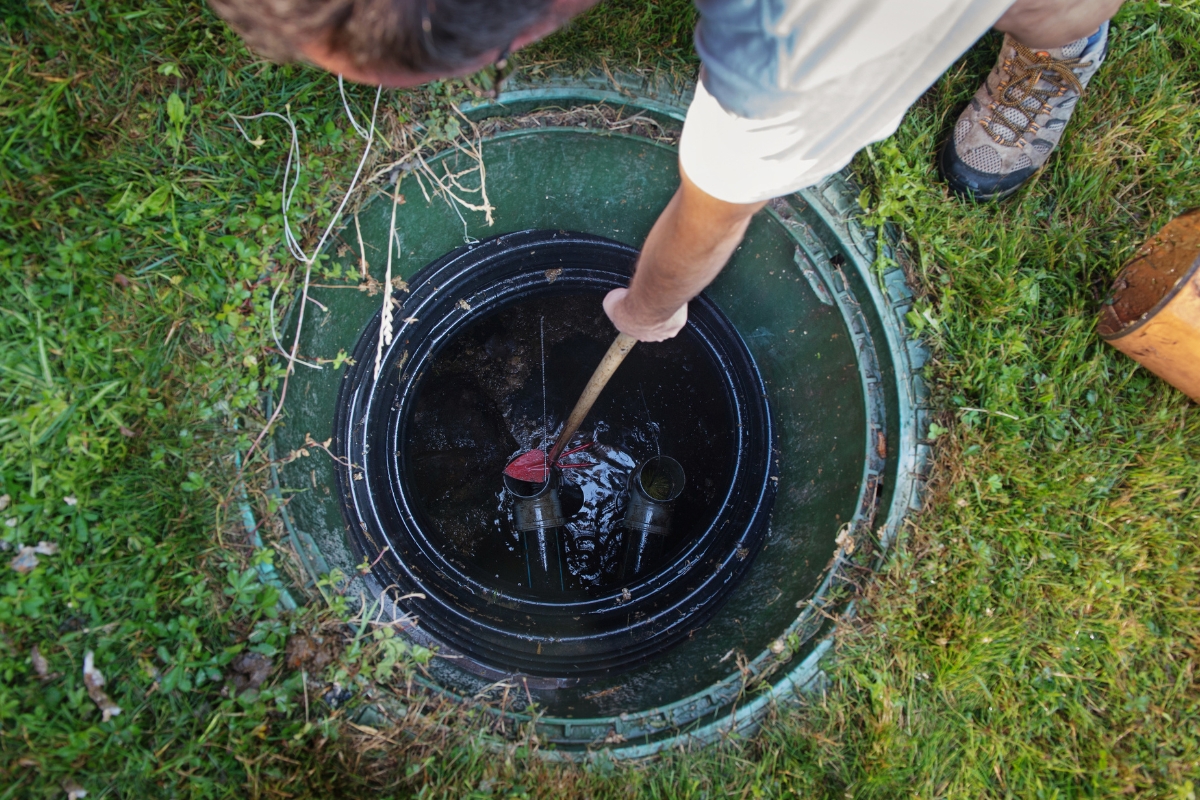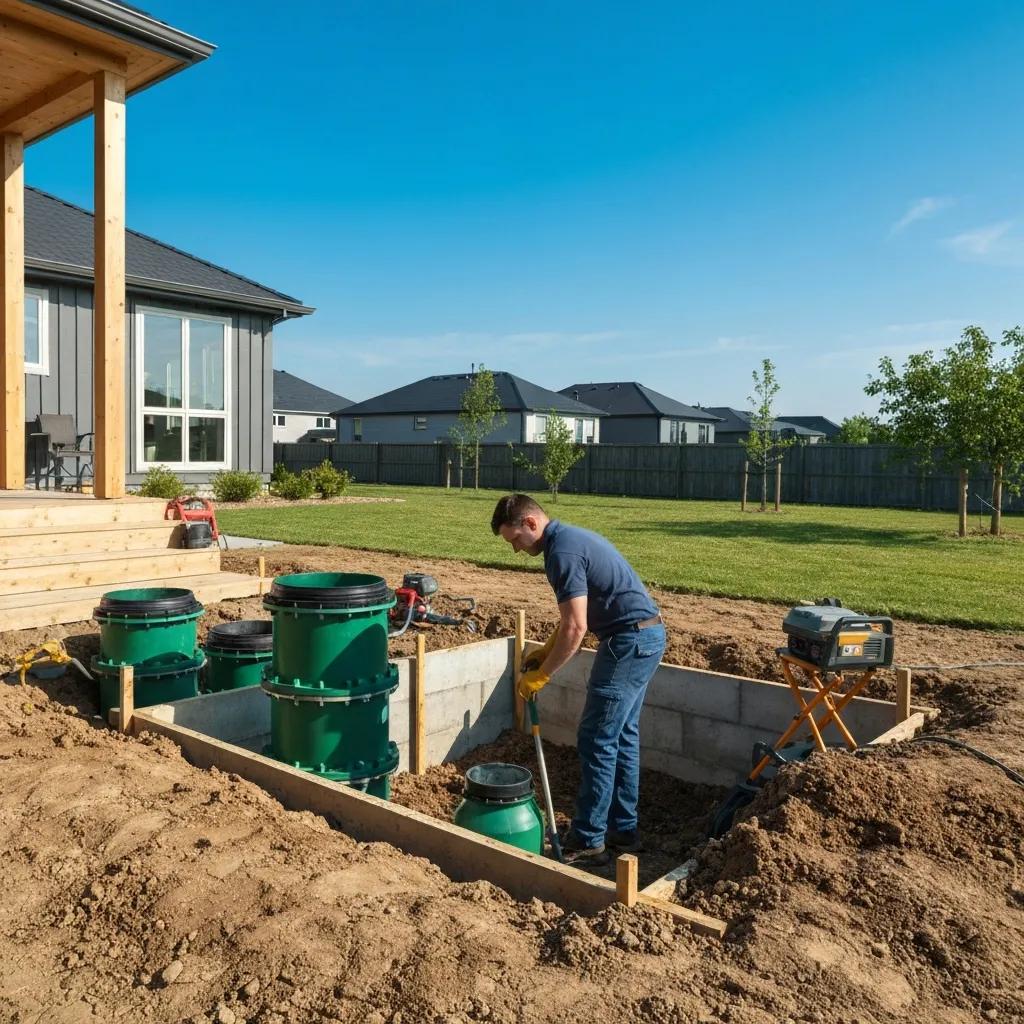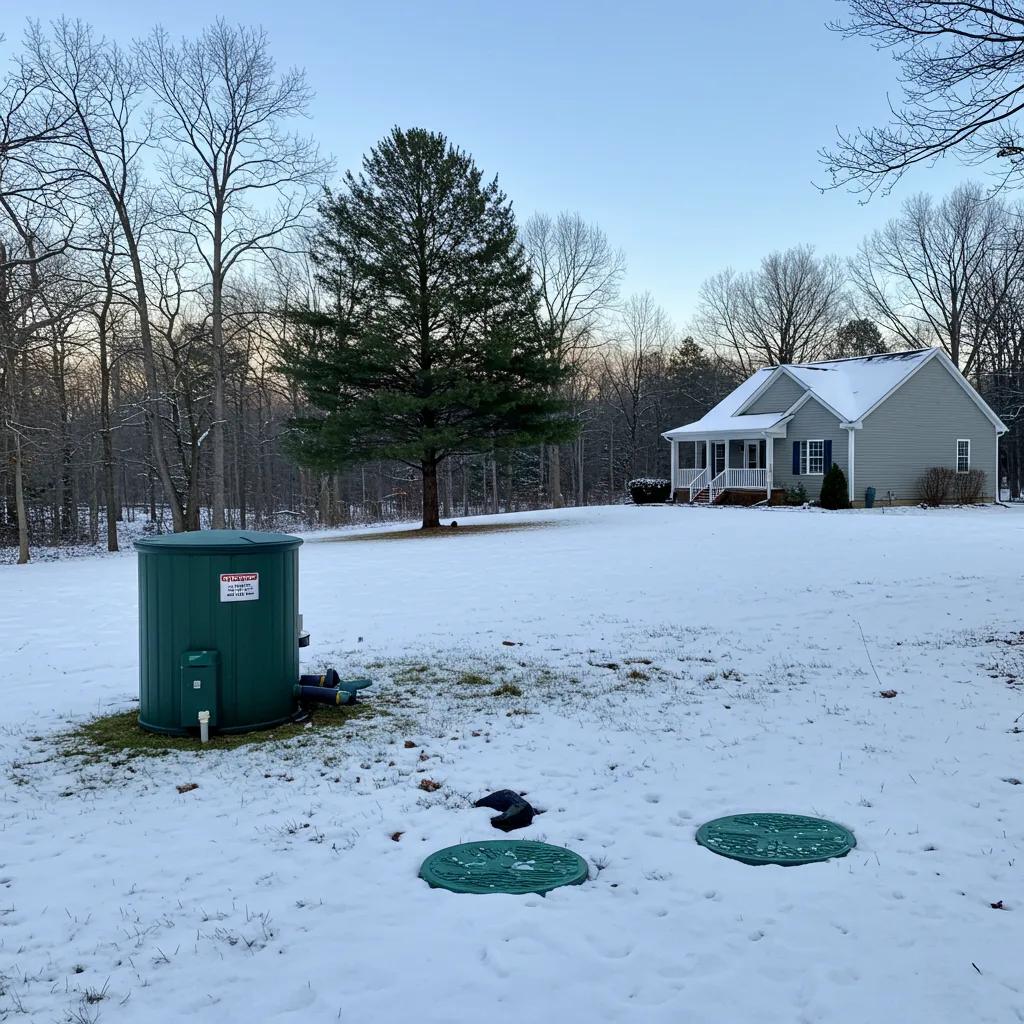When a septic tank backup occurs, it can quickly turn from a minor inconvenience to a major headache. Smart Septic Pros provides essential services like septic tank inspections, maintenance, and pumping to help keep your system running smoothly.
Being proactive with regular checks can save you time and money down the line. If you ever find yourself facing a backup emergency, knowing what steps to take can make a huge difference. Keep reading to discover effective remedies and tips that will help you tackle septic issues like a pro!
Emergency Septic Tank Backup Key Takeaways
Immediate Steps to Take During a Septic Tank Backup Emergency
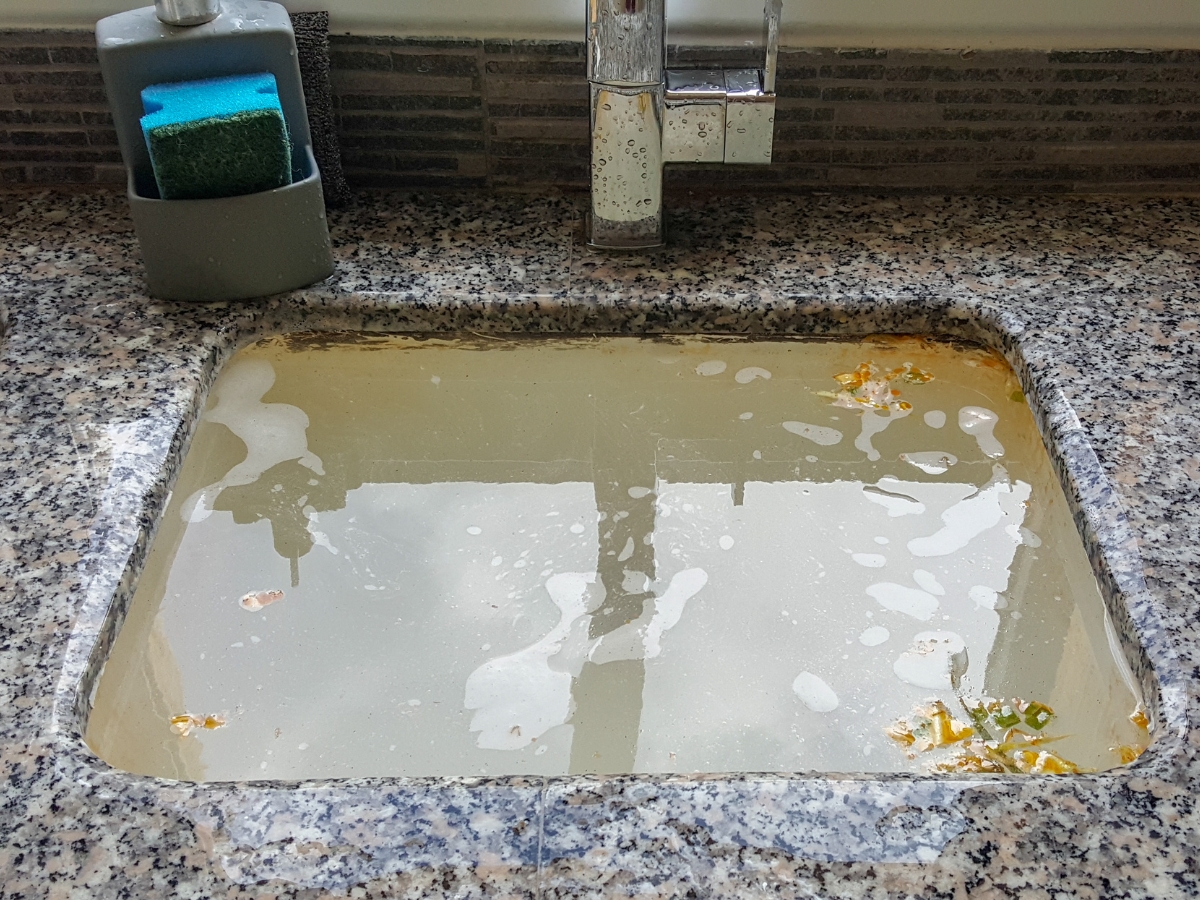
When a septic tank backup strikes, quick action is crucial. First, it’s essential to stop using any water in the home to prevent further buildup of human wastewater. This includes avoiding toilets, sinks, and other plumbing fixtures to avoid more complications.
Next, if safe to do so, homeowners can try to identify the cause of the sewage backup and remove any visible debris that might be blocking the system. This can help ease some pressure while waiting for professional septic tank inspections help. It’s important to contact contact Smart Septic Pros, a qualified septic company immediately to handle the situation properly.
Lastly, begin safely cleaning up any affected areas, ensuring to use towels and safety precautions to protect oneself from any hazardous materials septic tank pumping.
Stop Using Water to Prevent Further Backup
When a septic tank backup occurs, stopping all water usage helps lower the risk of further issues. Homeowners in any zip code should refrain from using showers, sinks, and toilets to prevent additional solid waste from entering the system. Making that immediate change is key while waiting for professional septic tank services to address the situation properly.
Identify and Unblock the Cause of Backup if Possible
If the situation allows, the customer can inspect for any obvious blockages that may be causing the backflow in the septic system. This might include checking drains and access points for clogs that could lead to water damage or allow harmful bacteria to spread. It’s vital to clear any visible debris while keeping the water supply off to prevent worsening the backup.
Contact a Professional Septic Service Immediately
After assessing the backup situation, the next critical step is to contact a professional septic service immediately. They have the expertise to handle issues that involve underground pipes and groundwater impacts. Waiting for a qualified technician can prevent more severe problems, such as sewer overflow or extensive damage to the property, while ensuring proper wastewater service is restored promptly.
| Step | Description |
|---|---|
| 1 | Cease all water use in the home. |
| 2 | Attempt to identify and clear visible blockages. |
| 3 | Contact a professional septic service without delay. |
| 4 | Ensure safety during cleanup and debris removal. |
Begin Cleanup of Affected Areas With Safety Precautions
After septic tank backups, it’s crucial to prioritize safety while beginning the cleanup process. Homeowners should wear protective gear like gloves and masks to shield against potential hazards. Utilizing a sump pump can aid in removing excess water and preventing further damage, especially if flooding has occurred.
- Assess the situation and identify any hazards.
- Wear protective gear before starting cleanup.
- Use a sump pump to eliminate standing water.
- Contact emergency septic services to handle any remaining issues.
- Stay alert for any hazards during the entire process.
Once the chaos of a septic backup in house is under control, it’s time to think about prevention. Discover how septic-friendly products can play a crucial role in keeping your system running smoothly and efficiently!
How to Use Septic-Friendly Products to Prevent Backup

Using septic-friendly products can significantly reduce the risk of backups and ensure the longevity of the system. Homeowners should consider switching to high-quality, biodegradable toilet paper, as it breaks down more easily and prevents clogging. Chemical drain cleaners, on the other hand, can harm the delicate balance of bacteria in septic tanks, so avoiding those is vital. Instead, opting for septic-safe household cleaners can keep spaces fresh without posing a risk.
Additionally, implementing a routine with disinfectants that are gentle on septic systems can help maintain a clean environment without causing leaks or damage. Being mindful of these choices supports both plumbing services and helps avoid costly emergencies, all while ensuring proper water heating and usage efficiency.
Switch to High-Quality, Biodegradable Toilet Paper
Switching to high-quality, biodegradable toilet paper is a simple yet effective step homeowners can take to promote water conservation and minimize waste. This type of toilet paper breaks down more easily in septic systems, reducing the likelihood of clogs in drains and preventing the need for emergency service. By making this eco-friendly choice, property owners can help maintain their septic systems and promote a healthier environment.
Avoid Chemical Drain Cleaners That Can Damage Your Septic System
Homeowners should steer clear of chemical drain cleaners, as these products can seriously damage septic systems. The harsh chemicals can disrupt the essential bacteria responsible for breaking down waste, leading to increased pressure within the system. Instead, opting for safer, septic-friendly drain cleaning options can ensure both effective maintenance and the longevity of the septic setup.
| Risk | Impact on Septic System |
|---|---|
| Chemical Drain Cleaners | Disrupt essential bacteria and harm system balance |
| Pressure Build-Up | Can cause backups and require extensive inspection |
| Alternative Cleaning Methods | Support healthy function without damaging construction |
| Clogs in Basement Drains | Increase risk of overflow and costly repairs |
Choose Septic-Safe Household Cleaners
Choosing septic-safe household cleaners is vital for maintaining hygiene without risking damage to the sewer line. These cleaners effectively tackle dirt while protecting the delicate balance of bacteria in the septic system, which is essential for proper sewage breakdown. By preventing potential backups, homeowners can ensure that their plumbing remains in top shape, keeping the sanitary sewer functioning smoothly.
Using septic-friendly products is just one way to keep your system running smoothly. Regular maintenance is the key to preventing bigger issues and ensuring your septic tank operates at its best!
The Importance of Regular Septic Tank Maintenance
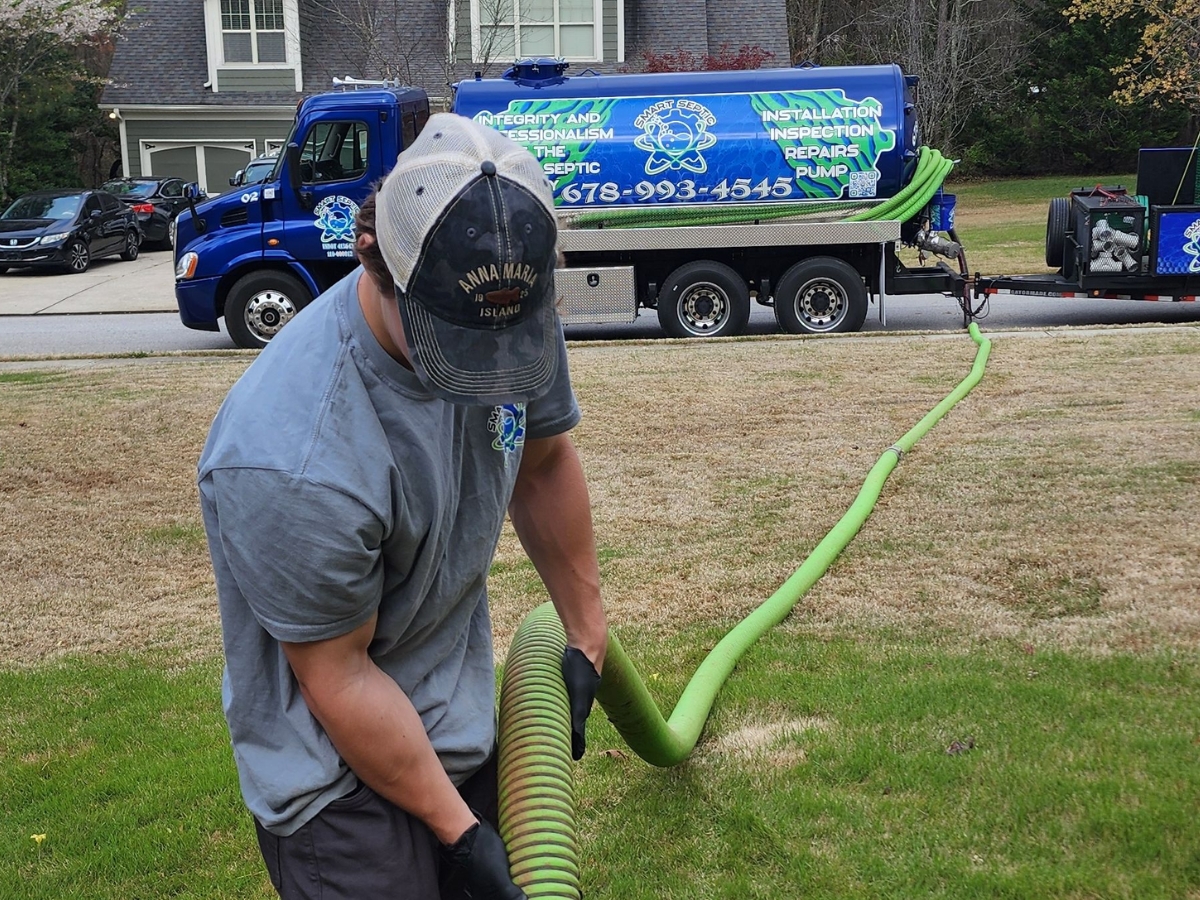
Regular septic tank maintenance plays a vital role in preventing emergencies that can disrupt daily life. Scheduling annual inspections with a licensed professional ensures that potential issues are identified before they escalate into costly problems. Pumping the septic tank every 3 to 5 years helps remove the buildup of solids, allowing the system to function smoothly and reducing the likelihood of backups through sewer lines.
Additionally, keeping detailed records of maintenance and repairs can provide valuable insights into the system’s health. This proactive approach not only keeps toilets and sinks running efficiently but also minimizes the chance of needing septic tank repair due to unforeseen issues like clogs caused by inappropriate materials, such as excessive toilet paper.
Schedule Annual Inspections With a Licensed Professional
Scheduling annual inspections with a licensed professional is essential in order to maintain a healthy septic tank. These inspections help identify potential issues early on, reducing the risk of failure that could lead to costly backups. During these check-ups, experts will assess the tank for nitrate levels and recommend safe drain cleaners, ensuring the system operates efficiently and effectively.
Pump Your Septic Tank Every 3-5 Years
Pumping the septic tank every 3 to 5 years is a key step in avoiding buildup of fat and solid waste that can lead to serious problems. This regular maintenance helps ensure that liquid can flow freely, reducing the chances of a septic system backup that would require emergency septic service. By staying on top of septic services, homeowners can keep their bathrooms running smoothly while preventing costly repairs down the line.
Keep Detailed Records of Maintenance and Repairs
Keeping detailed records of maintenance and repairs for the septic system is crucial for homeowners. By noting when the septic tank is pumped and the condition of the septic drain field, property owners can identify patterns that may indicate potential issues, like an impending septic backup. This environmentally friendly approach not only prolongs the lifespan of the system but also makes it easier to communicate with septic tank services when addressing concerns.
Regular maintenance keeps your septic system running smoothly, but what if it’s time for an upgrade? Modernizing your setup can save you from unexpected headaches and costly repairs down the line!

Upgrading Your Septic System to Prevent Future Emergencies
Upgrading a septic system can play a significant role in preventing future emergencies and enhancing its performance. Homeowners can start by installing a septic tank alarm, which provides an early warning of high water levels, helping to avoid unpleasant odors and draining issues. Adding a septic tank effluent filter can also be beneficial, as it helps prevent clogs in the drainage system by filtering out solid waste particles.
For those looking for a more robust solution, exploring the benefits of an aerobic treatment system is worthwhile; it can improve wastewater processing and reduce the chances of a septic emergency. These upgrades not only lead to a healthier system but also bring peace of mind to property owners.
Install a Septic Tank Alarm for Early Warning of High Water Level
Installing a septic tank alarm is a smart way for homeowners to gain peace of mind regarding high water levels in their septic system. This alarm acts promptly to notify users, allowing for quick actions that can prevent a septic tank backup, which could damage surrounding soil or lead to overflows into storm drains. A proactive approach like this can enhance the efficiency of septic service, ensuring that systems, including grease traps, remain protected against potential failures.
Consider Adding a Septic Tank Effluent Filter
Adding a septic tank effluent filter is a smart choice for homeowners aiming to avoid emergencies with their septic systems. This simple upgrade helps to capture solid waste and debris, particularly around paper towels that might accidentally get flushed, which can interfere with the system’s performance. By preventing these materials from entering the drainage field, homeowners can significantly reduce the risk of backups and the need for emergency plumbing services, especially during heavy rain when stormwater may overwhelm the system.
Explore the Benefits of an Aerobic Treatment System
An aerobic treatment system can significantly enhance the efficiency of a plumbing system by breaking down waste more effectively than traditional septic setups. This type of system uses oxygen to promote aerobic bacteria, which aids in rapid decomposition of organic matter, leading to cleaner effluent. By investing in this upgrade, homeowners can reduce the chances of backups and improve the overall functioning of their septic systems.
After upgrading a septic system, it’s smart to consider how natural remedies can help tackle smaller issues that may arise. These eco-friendly solutions offer a simple way to maintain your system and keep it running smoothly.
Natural Remedies for Minor Septic System Issues
Homeowners looking for effective solutions to minor septic system issues might find relief with common household items. Baking soda and vinegar can be powerful allies in drain maintenance, working together to break down buildup and keep pipes flowing smoothly.
Additionally, introducing yeast into the system can support healthy bacteria levels, promoting better waste breakdown. These natural methods not only help maintain functionality but also contribute to the overall health of the septic system, reducing the risk of future problems.
How to Use Baking Soda and Vinegar for Drain Maintenance
Using baking soda and vinegar for drain maintenance is a straightforward way to keep plumbing flowing smoothly. When combined, these two ingredients create a fizzy reaction that helps break down any minor buildups in pipes. Homeowners can easily pour a cup of baking soda followed by a cup of vinegar down the drain, let it sit for about 30 minutes, and then flush with hot water to help clear out any gunk and keep drains clean.

The Role of Yeast in Septic System Maintenance
Yeast can play an important role in maintaining a healthy septic system. By introducing yeast into the septic tank, homeowners can boost the population of beneficial bacteria responsible for breaking down waste. This not only helps keep the system functioning properly but also supports a balanced ecosystem within the tank, reducing the likelihood of backups and other issues.
However, when a septic tank backup strikes, quick action is essential. Knowing what to do and what to avoid can make all the difference in managing the situation effectively.
Emergency Do’s and Don’ts When Dealing With Septic Backups
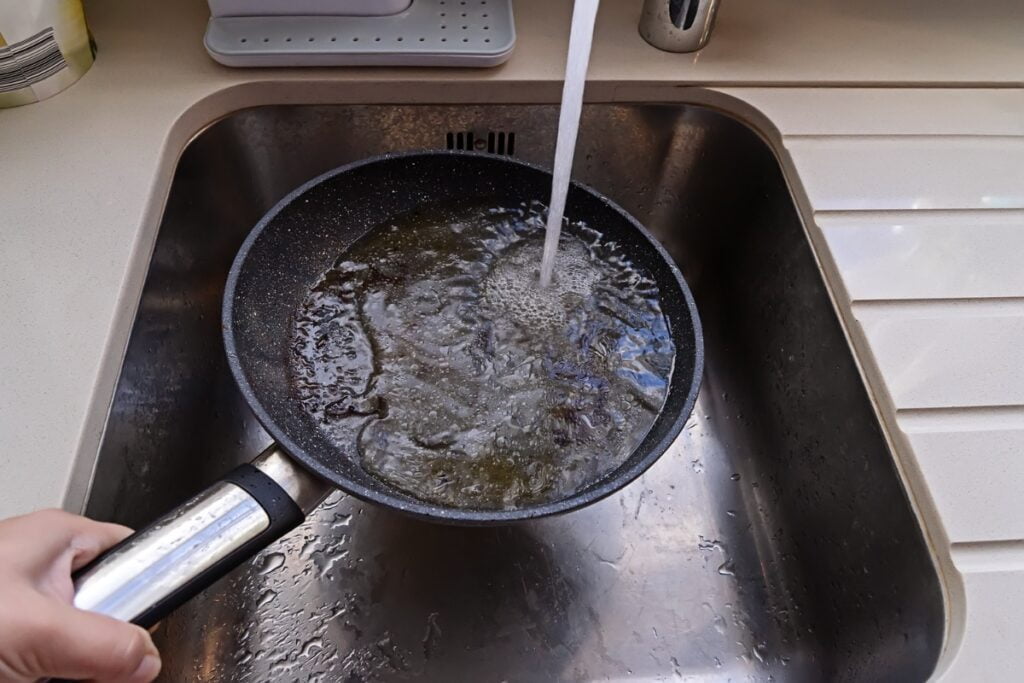
When faced with a septic tank backup emergency, knowing the right steps to take can make all the difference. Isolating and treating affected areas promptly helps minimize damage and health risks, ensuring everyone stays safe. Homeowners must remember that flushing or draining additional water into the septic system only exacerbates the situation, leading to more complications. Ventilating affected areas is crucial for reducing unpleasant odors and dispersing hazardous gases, creating a more comfortable environment.
However, it’s equally important to avoid using open flames or high heat sources nearby, as these can create dangerous situations in the presence of flammable materials. Taking these precautions can help manage the emergency effectively.
Do Isolate and Treat Affected Areas Promptly
When a septic tank backup happens, the first order of business is to isolate and treat any affected areas as soon as possible. This helps limit the spread of wastewater and reduces the risk of health hazards for everyone in the home. Quick action can prevent further damage and ensure that the recovery process begins on the right foot.
Don’t Flush or Drain Any Additional Water Into the System
When dealing with a septic tank backup, homeowners need to avoid flushing or draining any additional water into the system. This action can worsen the situation by increasing the pressure in the septic tank and contributing to more wastewater overflow. Just like a clogged sink, adding more water complicates an already stressful scenario.
- Assess the situation quickly.
- Do not use toilets, sinks, or any plumbing fixtures.
- Minimize water flow to stabilize the system.
Do Ventilate Affected Areas to Reduce Odor and Hazardous Gases
Ventilating the affected areas after a septic tank tank backup is essential for safety and comfort. Opening windows and doors helps to circulate fresh air, reducing unpleasant odors and preventing the buildup of harmful gases that can arise from the wastewater. This simple act can create a more breathable environment while waiting for professional help to arrive.
Don’t Use Open Flames or High Heat Sources Near Septic Backups
Using open flames or high heat sources near a septic tank backup is a dangerous choice. The presence of flammable materials and gases from the wastewater can quickly lead to fire hazards or explosions. It’s best for homeowners to keep all sources of ignition far away from the affected areas until the situation is under control.
- Isolate and treat affected areas promptly.
- Do not flush or drain any additional water into the system.
- Ventilate affected areas to reduce odor and hazardous gases.
- Don’t use open flames or high heat sources near septic backup.
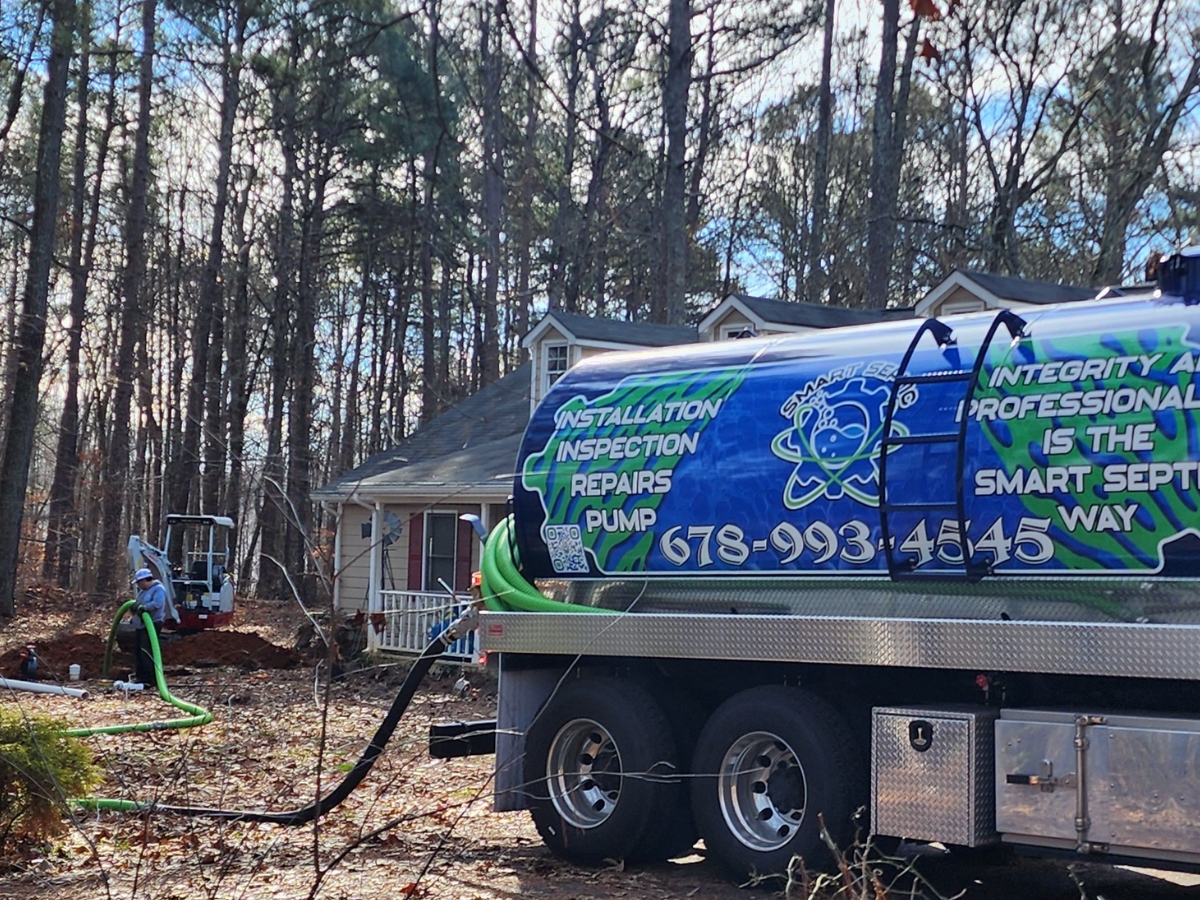
Conclusion: Contact Smart Septic Pros for Septic Backup Help
Effective emergency septic tank backup remedies can significantly reduce damage and health risks during a backup situation. Homeowners must act quickly by ceasing water use, identifying blockages, and contacting professional services. Prioritizing safety during cleanup and using the right products can help maintain the septic system’s health. Taking these steps ensures a prompt and efficient response to potential emergencies.
If you’re looking for septic backup help in Kennesaw, Acworth, Marietta, or the metro Atlanta area, choose Smart Septic Pros. We have got you covered with effective remedies. Whether it’s a clog or overflow, our experienced team is ready to tackle any septic tank issue promptly. Contact us immediately for swift and reliable solutions to avoid any further damage to your property. Don’t let a septic tank backup ruin your day – reach out to the experts for professional assistance now.
